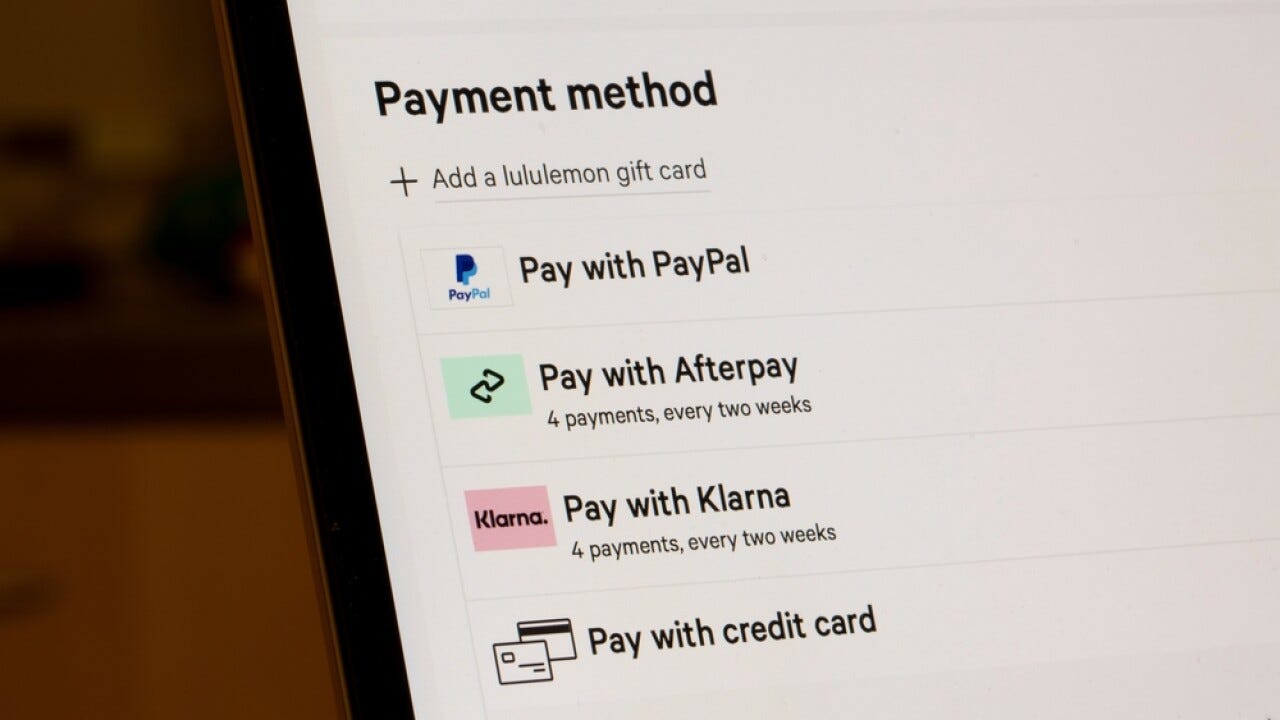
FICO includes Buy Now Pay Later loans on your credit report
Buy now, pay later loans are positioned on FICO credit scores to reflect their growing role in consumer finance. (Scripps News)
scripps news
A few years ago, there was a lot of talk about “quiet exits” in corporate America. Now, a banking industry report points to another new trend with the alliterative name “soft switching.”
According to an Oct. 20 report from J.D. Power, many customers are secretly switching banks.
Changing your primary bank account is notoriously difficult, given the complications involved with direct deposits, automatic withdrawals, and other transfers.
Instead, customers are opening a second or third checking account with a new financial institution. Then, over time, gradually move your trades and funds to a new account, or soft switching.
“We feel like they love the experience they’re getting with the new accounts they open,” said Miles Tullo, managing director of financial services at J.D. Power. “And before you know it, those customers who used to bank with you for all their banking needs are now banking elsewhere.”
JD Power reports that just over half of new checking accounts opened in the third quarter of 2025 were add-on accounts opened by customers who already had one or more accounts.
In many cases, these new accounts become the customer’s primary bank account. Consumers can keep their old checking accounts, but they may not use them.
Opening a new bank account is very easy
The “soft switching” trend comes at a time when consumers are inundated with new financial service offers and opening a new account is easier than ever.
“As consumers, we have a plethora of choices in everything we do,” Tullo said. “For us, it has never been easier to take advantage of that choice.”
And this trend is counterintuitive, since bank customers tend to be stationary.
The average American holds the same bank account for 17 to 19 years, said Ted Rothman, senior industry analyst at Bankrate.
Many consumers’ reluctance to switch banks is one reason they miss out on high-yield savings accounts, which are more popular in the online banking world.
“It seems like some people are starting to be open to switching,” Rothman said. “I actually like the idea of people shopping.”
Why are bank customers flocking to Chime?
A big winner in the soft switching trend is Chime, a financial technology company that partners with banks to offer low-cost products.
According to JD Power, Chime had the largest share of new checking accounts opened in the third quarter, ahead of companies such as Chase and Bank of America.
There has been a lot of “soft switching” among banking giants, with most of the 10 companies with the highest share of new accounts being traditional large banks. The list also includes financial technology company SoFi and payments app Cash App.
Chime offers perks like fee-free banking, a popular app, and the opportunity to withdraw a portion of your paycheck before payday.
“Chime has a very specific strategy that resonates with the majority of Americans,” Tullo said. “And they’re saying, ‘We’re going to give you a better experience.'”
Some analysts call Chime a “neobank.” This is an umbrella term for fintech companies that typically partner with banks to provide banking services, but they are not banks.
“This is a new kind of alternative to many of the big banks,” Rothman said. “They’re kind of meeting people on the spot from a technology standpoint.”
Chime has proven to be highly successful in persuading new customers to open accounts. The company’s “conversion rate,” the percentage of potential customers who actually open an account, was 77% in the third quarter, the highest among institutions included in JD Power’s report.
“We founded Chime to serve the millions of everyday people making up to $100,000 a year, the ‘unhappy bankers’ who are underserved by traditional banks,” said Chime co-founder Ryan King. “More Americans are choosing Chime because we’re offering them something better than what they’re currently getting.”
Bad banking experiences drive consumers to switch
J.D. Power’s Mr. Turo said consumers are often motivated to switch banks because of a series of negative experiences with their previous bank. Ultimately, the consumer clicks on a new bank promotion to open an account. If bad experiences continue, consumers will gradually switch banks.
If big banks want to retain customers, “they can’t afford to make too many mistakes,” Tullo said.
According to J.D. Power, convenience was the primary motivator for consumers when choosing which bank to open a new checking account with. A small number of customers cited the institution’s good reputation, low fees, or promotional offers. The report is based on 84,019 responses collected in August and September.
“It all starts with someone opening a second or third account,” Tullo says.

